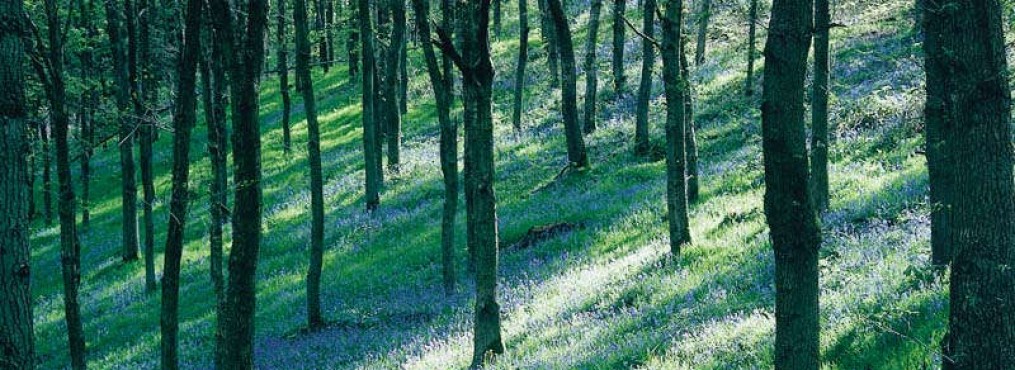Back in 1968, when Mary Hopkins’ nostalgic hit ‘Those were the Days’ was topping the singles chart, Mary Fletcher bought a mattress. Forty-five years later, she still sleeps on it, “the most divinely comfortable mattress I have ever slept on”. Apart from being beautifully restful, the mattress should be good for another forty five years and more, during which time it will have saved at least 10 conventional mattresses from having been made, discarded and sent to rot in landfill.
This is the story of Mary Fletcher’s mattress, its birth from English ‘long staple’ wool in an Italian bed-maker’s workshop, its journey, in 1980, across a snow-shrouded Europe, and its continued, generous giving of delicious sleep well into its fifth decade. This is also the story of how crazy it is that as a nation we send millions of mattresses – 144,000 tonnes worth, including 84,500 tonnes of perfectly re-usable steel – each year to landfill.
A former Foreign Office shorthand typist and translator, Mary went to work in Milan in 1968, sleeping on a camp bed and sitting in a deck chair until “my darling mother sent me money to buy a proper bed”.
The bed Mary Fletcher bought was made by Senor Oldani, a Milanese bed-maker and upholsterer. He made beds the Italian way, and the way we used to make mattresses in England before the introduction of short-lived internally-sprung mattresses. Mary’s bed has an “indestructible” steel spring base, topped with a mattress stuffed with silky, long-haired sheep’s wool, typically found in English lowland breeds such as Dorset Horn, Cotswold and Border Leicester. “Because it is made of wool, it is brilliantly cool even in 35 degree centigrade nights, and wonderfully warm in really cold winters. It is also just the right firmness. I have a difficult back and it is the only mattress I can comfortably sleep on,” says Mary, 84, now retired and living in the gentle folds of rural Oxfordshire.
The beauty of the mattress is that when it needs a wash, the wool can be pulled out, stuffed, in batches, into pillow cases, put through the washing machine and after drying, carded back into fluffy pile before being returned to the mattress cover. “Every few years, it needs to be re-carded, as the wool slowly compacts,” says Mary. “In Italy, during the summer the mattress man, ‘il cardatore’ tours Italian homes, pulls out the wool from their mattresses, re-cards it, adds some more, as the process reduces the stuffing a bit, re-buttons and then sews the mattress cover back up again.” Mary submitted her mattress to this process four times while she was in Milan.
“I left Milan in 1980 and couldn’t bear to leave my mattress in Italy, so with my brother’s help and a large van, we drove it through the snowy Alps until it arrived here in Oxfordshire.” The problem now of course for Mary was would anyone in England be able to continue the regular process of re-carding the wool?
“I found an upholsterer in Whitney who had an old carding machine he used for traditional horsehair mattresses, but ironically he had no access to English long staple wool, so over the next thirty years my mattress got thinner and thinner.”
Almost despairing that she would be able to continue sleeping on her emaciating mattress, Mary found Rhiannon Rowley of Abaca Organic, who makes wool mattresses in the west of Wales, from organic British wool. “It was a bit trial and error, because although I have re-stuffed wool and horsehair mattresses, I had never done an all-wool one before,” says Rhiannon. “The tricky bit is to get it even and not lumpy. You have to do it by hand, layer by layer, working with the wool, not against it, you can’t just stuff it in. Wool has a mind of its own.”
It took six hours to fill Mary’s mattress, with a combination of Mary’s original wool, and a top-up of Dorset Horn wool, which most closely matched Mary’s existing stuffing. Rhiannon was so impressed with the results that she now plans to make more all-wool mattresses herself. “Mattress retailers recommend you change your mattress every 7 – 10 years, which is a criminal waste of money and materials,” she says. “Although I can’t find any British sprung-base bed makers, there are lots of antique ones on the market people could use.”

great story, thanks for sharing! lovely that they found a way to re-use the original mattress 🙂